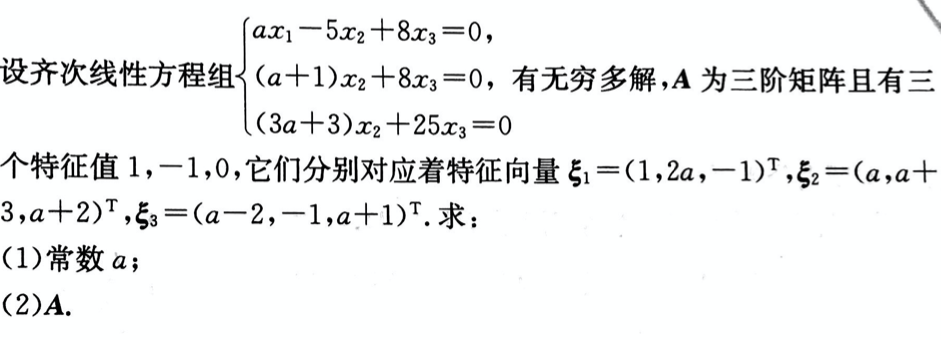Text 3 It is a good time to be a fisherman.The global fish-price index of the UN's Food and Agricultural Organization(FAO)hit a record high in May.Changing consumer diets,particularly in China,explain much of the sustained upward movement.High oil prices,which increase the cost of fishing and transportation,also add to the price of putting fish on Lhe table.Not all fish are creaLed equal,however.There are two types of fish production:"capture"(or wild)and"aquaculture"(or farmed).And they seem to be on different tracks.Fish such as tuna,the majority of which is cau~;ht wild,saw much bigger price increases than salmon,which is easier to farm.Overall,the FAO's price index for wild fish nearly doubled between 1990 and 2012,whereas the one for farmed fish rose by only a fifth.What explains this big difference?The amount of wild fish captured globally has barely changed in the past two decades.The ceiling,of about 90m tonnes a year,seems to have been reached at the end of the 1980s.Overfishing is one reason,as is the limited room for produclivity growth,particularly if consumers want high quality.Patrice Guillotreau of the University of Nantes tells the story of a fleet in France that decided to trawl,rather than line-catch,its tuna.It braughi more back to shore,but the fish were damaged.It could not be sold as high-value fillets and was only good for canning.The old ways of catching fish are still best if you want the highest profits,says Mr CuiUotreau.In contrast,the farmed-fish industry continues to make productivity improvements.Fish farms have found crafty ways to use lower quantities of fish meal as feed.In the early days of aquaculture,it could take up to ten pounds of wild fish to produce one pound of salmon.Now the number is down to five.That may still be an inefficient use of protein,but the ratio is set to improve further.Fish farms have also become more energy-efficient,meaning that they are less affected by higher energy pnces.And they have learned how to handle diseases beUer,reducing the quanlity of fish that ends up being unsellable.As a resuli of all these improvements,the global production of farmed fish,measured in tonnes,now exceeds the producUon of beef.Output is likely to continue growing:the FAO estimates thal by 2020 it will reach six times its I990 level.
The global fish price is growing because of_____
- A.the shonage of fishermen
- B.ever-increasing oil prices
- C.the change of Chinese diets
- D.high market demand and cost
正确答案及解析
正确答案
解析
细节题。根据题干the global fish price定位到首段第二句,其中hit a record high=growing。答案句来自后两句,关键词分别是changing consumer diets“消费者饮食习惯改变”和high oil prices,which increase the cost of fishing and transportation“高昂的油价抬高了捕捞和运输成本”。总结起来就是两个原因使鱼价上涨:一是消费者饮食习惯改变,即市场需求高;二是成本高。选项[A]the shortage of fishennen“渔夫紧缺”;该项对应首句,与本题答案无关。[Bl ever-increasing oil prices“油价不断上涨”;对应最后一句,属于鱼价上涨的原因之一,但是片面不完整,故排除;[C]the change of Chinese diets“中国人饮食习惯的改变”;该项也属于原因之一,与[B]一样属于片面选项。[D]high market demand and cost“高市场需求和高成本”;该项符合答案要求,故本题选择[D]。




